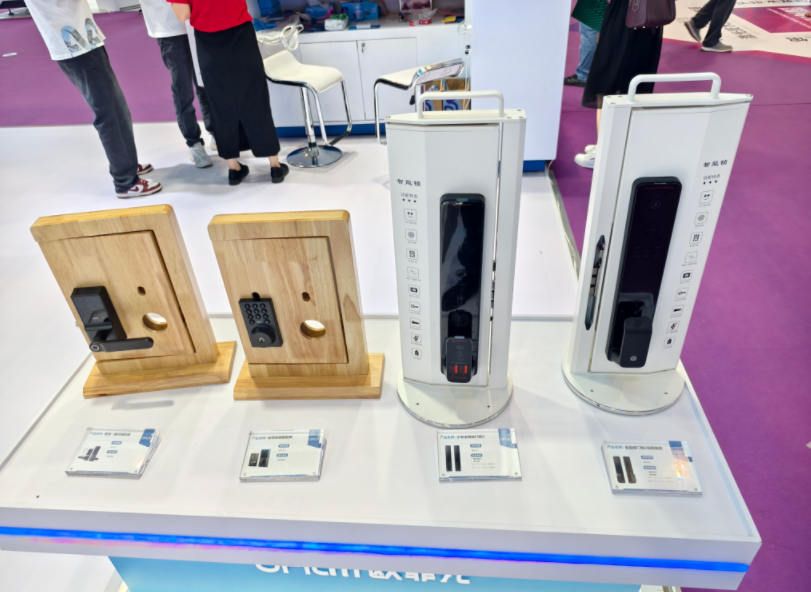- Mob.:+86 186 1359 2768
+86 182 3593 6828 - E-mail: service1@sxltsj.com
sales3@sxltsj.com
In the present era of rapid advancements in photoelectric technology, optical lenses, as the core components of numerous high-tech products, hold self-evident significance. From security surveillance to vehicle-mounted equipment and to smartphones, optical lenses have emerged as significant catalysts for technological progress with their distinctive performance and extensive application domains, The following presents an in-depth exploration of the relevant contents of optical lenses.
Based on the differences in lenses and materials, optical lenses are primarily categorized into three major types: glass lenses, plastic lenses, and glass-plastic hybrid lenses.
1. Glass Lenses: Characterized by high light transmittance, high stability, and low chromatic aberration, glass lenses have found wide application in high-end security, scientific research, and professional photography. Nevertheless, glass lenses entail relatively high costs and pose greater processing difficulties.
2. Plastic Lenses: Plastic lenses, with their outstanding moldability, low cost, and ease of processing, have dominated in cost-sensitive security projects. With the continuous progress of plastic material technology, the performance of plastic lenses has been escalating, gradually fulfilling the requirements of more high-end applications.
3. Glass-Plastic Hybrid Lenses: Hybrid glass-plastic lenses integrate the advantages of both glass and plastic lenses. They possess the high light transmittance and low chromatic aberration of glass lenses, along with the low cost and ease of processing of plastic lenses. Such lenses have gained wide application in areas such as smartphones and vehicle-mounted cameras.
The security field represents one of the crucial application domains for optical lenses. From simple surveillance cameras to complex intelligent security systems, optical lenses play an indispensable role.


1. Surveillance Cameras: Surveillance cameras are among the most common applications of optical lenses in the security field. Through the adoption of optical lenses with varying focal lengths, apertures, and fields of view, surveillance cameras can fulfill monitoring requirements at different distances and angles. Simultaneously, with the development of intelligent security technology, surveillance cameras have acquired advanced functions such as face recognition and behavior recognition, further enhancing the intelligence level of security systems.
2. Intelligent Security Systems: Intelligent security systems achieve all-round monitoring and intelligent analysis of the target area by integrating multiple sensors, cameras, and algorithms. As one of the core components of intelligent security systems, the performance of optical lenses directly influences the monitoring effect and accuracy of the system. Hence, in the design and application of intelligent security systems, full consideration needs to be given to the selection and configuration of optical lenses.
The automotive field constitutes another significant area of application for optical lenses. With the advancement of vehicle intelligence and connectivity, the application of optical lens components such as vehicle-mounted cameras and sensors has been expanding increasingly.


1. Dash Cams: Dash cams are one of the most common applications of optical lenses in the automotive field. By employing high-precision and high-stability optical lenses, dash cams can achieve real-time recording and monitoring of the vehicle's driving process. This not only provides powerful evidence for the investigation of traffic accidents but also helps drivers enhance driving safety and vigilance.


2. Intelligent Driving Assistance Systems: Intelligent driving assistance systems realize real-time monitoring and analysis of the vehicle's surrounding environment by integrating multiple sensors and optical lens components such as cameras. These systems can enable functions such as automatic parking, automatic following, and lane keeping, further enhancing driving convenience and safety.
Smartphones, as an indispensable part of modern people's daily lives, the improvement of their camera performance has become one of the focuses of consumer attention. As an important component of smartphone cameras, the performance of optical lenses directly affects the imaging quality and shooting effect of the cameras.


1. Multi-Camera Systems: With the continuous development of smartphone camera technology, multi-camera systems have become one of the mainstream configurations of smartphones. Through the utilization of optical lens components with different focal lengths, apertures, and sensors, multi-camera systems can achieve various shooting modes such as wide-angle, telephoto, and macro, further enhancing the shooting effect and user experience of smartphones.


2. Optical Image Stabilization Technology: Optical image stabilization technology is a commonly employed technology in smartphone cameras. By adopting special optical lens components and algorithms, this technology can effectively reduce image blur and shake caused by hand tremors or environmental vibrations, thereby further enhancing the shooting stability and clarity of smartphones.
With the continuous development of technology, optical lens technology is also undergoing continuous innovation and progress. In the future, optical lens technology will exhibit the following development trends:
1. Miniaturization: With the popularization and development of miniaturized products such as smartphones and wearable devices, optical lenses also need to achieve continuous miniaturization to meet market demands. Through the application of new materials, new processes, and new technologies, smaller lens sizes, higher performance, and lower costs can be achieved.
2. Intelligence: With the continuous development of artificial intelligence technology, optical lenses will gradually become intelligent. By integrating components such as sensors, algorithms, and controllers, optical lenses can realize the functions of automatic adjustment of focal length, aperture, and exposure parameters, thereby further enhancing the shooting effect and user experience.
3. Integration: In the future, optical lenses will gradually be integrated with other components such as sensors, processors, and communication modules. This integrated design not only improves product performance and reliability but also reduces product cost and complexity.
In conclusion, as one of the core components of numerous high-tech products, optical lenses play a vital role in fields such as security, automotive, and smartphones. In the future, with the continuous development and innovation of technology, optical lens technology will continue to achieve new breakthroughs and advancements.
